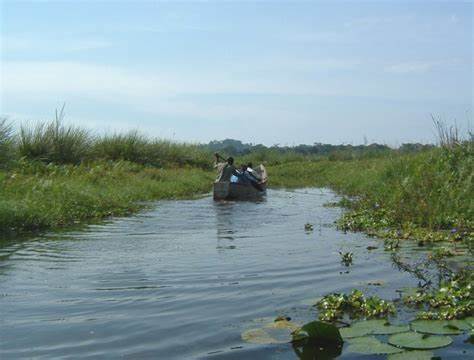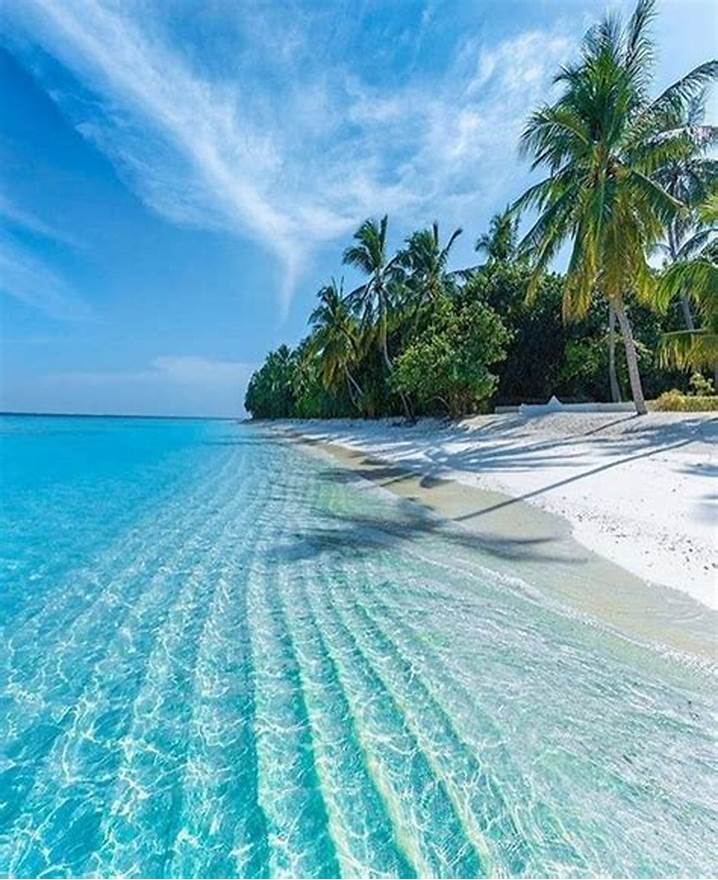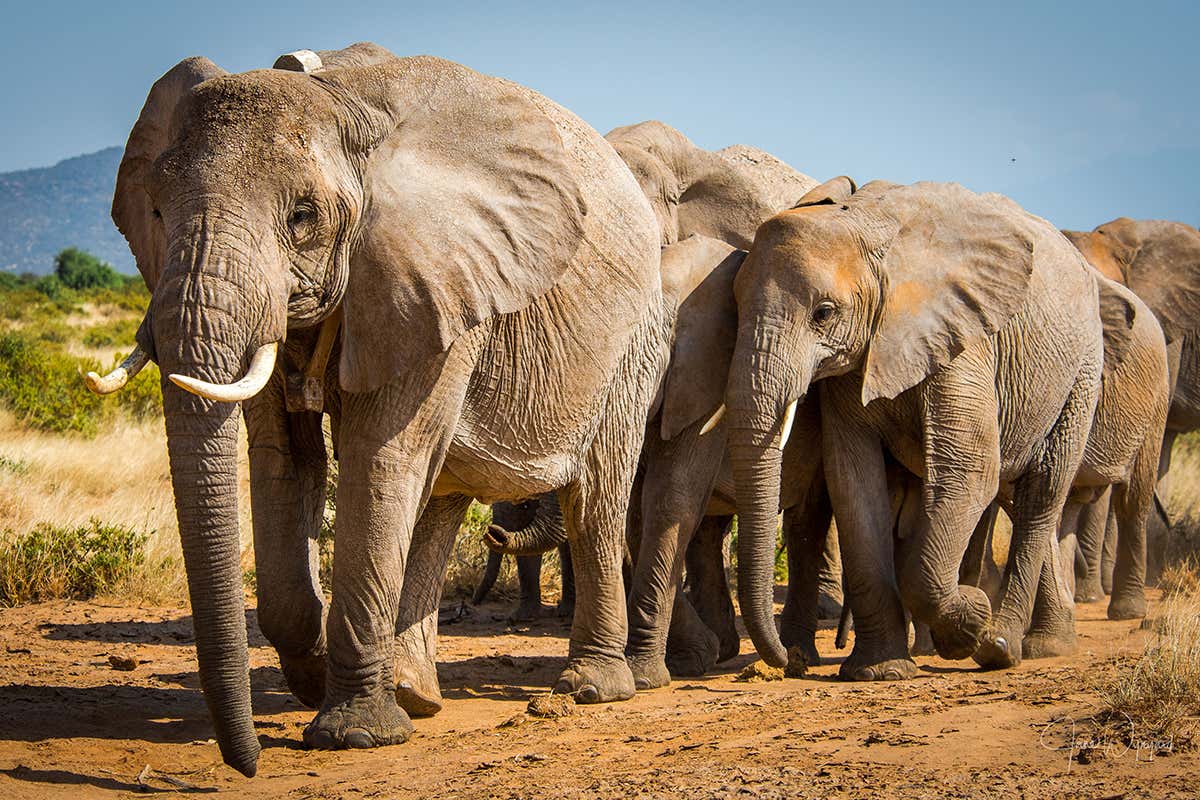Uganda is known for its stunning natural beauty, and that goes beyond just National Parks and waterfalls. The country boasts numerous wetlands and swamps, many of which hold international significance. These wetlands are recognized under the Ramsar Convention as Wetlands of International Importance.
Birdlife International, a leading global bird conservation organization, has also designated these wetlands as Important Bird Areas. These areas provide critical habitat for a variety of endangered and threatened aquatic plants and animals.
While two of these Ramsar wetlands are located within National Parks, the majority can be found around Lake Victoria and in northeastern/eastern Uganda. Let’s explore some of Uganda’s top Ramsar sites.
Ramsar Sites located in National Parks
Murchison Falls-Albert Delta Wetland System
Encompassed within Murchison Falls National Park, the Murchison Falls-Albert Delta Wetland System stretches from the thunderous Murchison Falls to the point where the Victoria Nile spills into Lake Albert. This vital wetland boasts a shallow zone that provides a haven for a dazzling array of aquatic birds.
Herons, darters, and the elusive shoebill are just a few of the feathered residents that thrive here.
But the importance of this wetland goes beyond birds. It’s a critical breeding ground and nursery for the fish that sustain Lake Albert’s fisheries. And during the dry season, the area transforms into a life-giving watering hole and feeding ground for thirsty and hungry wildlife.
Lake Mburo-Nakivale Wetland System
Nestled within Lake Mburo National Park lies the Lake Mburo-Nakivale Wetland System, a tapestry of open savanna, woodlands, and permanent and seasonal wetlands. This unique ecosystem is crowned by five lakes, with Lake Mburo reigning supreme.
The wetland’s magic lies at its position – a crossroads of two distinct biological zones, fostering exceptional biodiversity. During harsh weather, the system transforms into a sanctuary for 22 species of migratory birds, both Afrotropical and Palearctic. Birdwatchers flock here to catch a glimpse of the endangered Papyrus Yellow Warbler or the majestic Shoebill stork.
But the wetland’s significance extends beyond its feathered residents. The papyrus haven provides a refuge for two critically endangered cichlid fish species, sadly extinct in the larger lakes.
Beyond its ecological wonders, the wetland system is a lifeline for local communities. It provides vital water for domestic use and livestock, and its lush vegetation transforms into bountiful pastures during dry seasons.
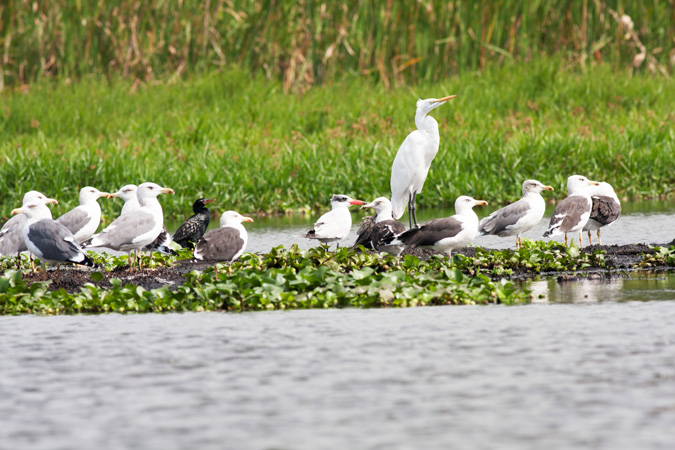
Ramsar Sites in Eastern & Northern Uganda
Lake Opeta Wetland System
Lake Opeta isn’t just a lake; it’s a sprawling wetland system cradled in eastern Uganda. This vital ecosystem flanks the southern border of Pian Upe Wildlife Reserve, offering a welcome respite for wildlife during the dry season. Here, thirsty animals from the park mingle with the cattle of the Karamojong and Pokot pastoral communities, all relying on the life-giving waters of the lake and its surrounding swamps.
Geographically, Lake Opeta sits at the easternmost edge of Lake Kyoga’s basin, nestled on a vast floodplain neighboring the Lake Bisina Ramsar Site. It marks a dramatic shift in landscape, a green ribbon bordering the arid expanse of the Karamoja region that stretches along Uganda’s eastern border.
Recognized for its international significance, Lake Opeta Wetland System was designated a Ramsar site in 2006 and is one of Uganda’s 33 Important Bird Areas. Towering at 1,050 meters above sea level, it encompasses a staggering 68,913 hectares. This haven shelters over 160 bird species, including the rare shoebill and Uganda’s one and only endemic bird, the Fox’s weaver.
Lake Bisina Wetland
Lake Bisina isn’t just a freshwater lake; it’s a wetland gem. Part of a larger wetland system alongside Lake Opeta, Bisina acts as a verdant island between two drier regions. Located roughly 15 kilometers from Kumi District, it’s easily accessible via the Kumi-Soroti highway.
This Ramsar Site, designated on September 15th, 2006, is a haven for both flora and fauna. The lake itself is a narrow, shallow stretch of water, fringed by a lush swamp that provides a sanctuary for a spectacular array of birds. Keep your eyes peeled for the iconic shoebill, the elusive papyrus Gonolek, or the diminutive pygmy goose. Endemic species like the Fox’s weaver and localized beauties like the white-winged warbler and white-backed duck can also be spotted here.
But the magic of Lake Bisina extends beyond birds. The wetland shelters a range of wildlife, with Nile crocodiles and hippos lurking beneath the surface (though sightings may be rare). The fishy residents are no less diverse, with mudfish, tilapia, catfish, and even lungfish gracing the lake’s depths.
Lake Nakuwa Wetland System
This permanent wetland isn’t just a single lake; it’s a sprawling network interconnected with satellite lakes and a dense papyrus swamp. Unlike its more developed counterparts, Nakuwa remains largely untouched, a haven for biodiversity.
Imagine a landscape dominated by towering papyrus reeds, their dense embrace broken only by crystal-clear pools teeming with life. This is the remarkable ecosystem of Nakuwa. Here thrives the most diverse collection of cichlid fish species in Uganda.
But Nakuwa’s heart extends wider, offering sanctuary to a variety of non-cichlid species tragically vanished from larger lakes like Kyoga and Victoria. The secret to their survival? The protective embrace of the papyrus. This aquatic vegetation creates a natural barrier, effectively halting the invasive spread of the Nile Perch, a predator responsible for the decline of these native fish.
Beyond its rich aquatic life, the Lake Nakuwa Wetland System plays a vital role in the region’s health. It acts as a natural flood control system, taming the fury of rising waters. The papyrus acts as a natural filter, diligently purifying water and replenishing groundwater reserves.
The remoteness of this area has played a crucial role in preserving its pristine state. With a sparse population, the wetland has become a source of livelihood for local fishermen, offering a sustainable harvest within this remarkable ecosystem.
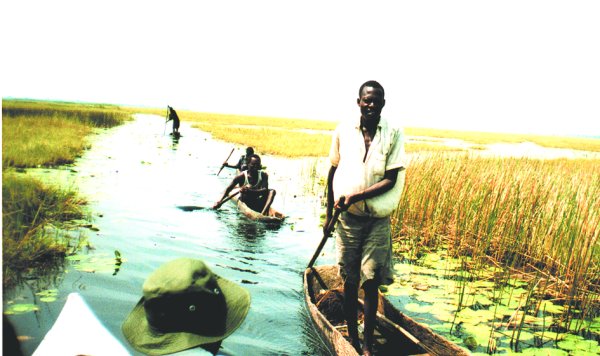
Ramsar Sites onnLake Victoria
Lutembe Bay Wetland System
Tucked away at the mouth of Murchison Bay on Lake Victoria lies the Lutembe Bay Wetland System. This shallow haven, nearly severed from the main lake by a papyrus island, shelters a remarkable diversity of life.
Globally threatened birds find refuge here, alongside endangered Cichlid fish and a flutter of over 100 butterfly species, including three rare gems. The wetland acts as a breeding ground for Clarias catfish and lungfish, and remarkably, over half of the world’s White-winged Black Tern population calls this place home.
But Lutembe Bay’s significance goes beyond its vibrant inhabitants. The surrounding swamps play a vital hydrological role. They act as nature’s filter, diligently removing silt, sediments, and excess nutrients from surface runoff, industrial wastewater, and even Kampala City sewage. This natural purification process ensures the health of the lake and the life it sustains.
Mabamba Bay Wetland
Just a stone’s throw from Entebbe, nestled along a narrow bay of Lake Victoria, lies the sprawling Mabamba Bay Wetland. This papyrus-fringed marsh isn’t just a scenic wonder; it’s a haven for some of Africa’s most remarkable avian residents.
Birdwatchers flock here for a chance to glimpse the prehistoric-looking Shoebill stork, a globally threatened species that finds sanctuary in Mabamba Bay. But the star power doesn’t stop there. The wetland boasts an incredible diversity of birds, including a staggering 38% of the world’s Blue Swallow population and the elusive Papyrus Yellow Warbler, another globally threatened species.
Mabamba Bay isn’t just a paradise for birds. The wetland plays a vital role in the lives of local communities. The fishery here is a source of income and sustenance, providing fish for both domestic consumption and commercial markets. Beyond fish, the wetland offers a wealth of resources, from raw materials for local crafts to essential building materials. It’s a source of water for both households and livestock, making it an undeniable lifeline for the surrounding communities.
Nabajjuzi Wetland System
This is an important Bird Area. It’s a long narrow stretch of swamp from the periphery of Masaka to the major Katonga River system. It provides a spawning ground for mudfish and lungfish and supports globally threatened bird species and the endangered Sitatunga. The site lies in traditional Buddu county of Buganda Kingdom, and some of the flora and fauna are closely associated with cultural norms and traditions, especially the totems.
There is thus considerable cultural attachment of the surrounding areas to the wetland, which also plays an important role in stabilizing the banks of River Nabajjuzi, groundwater recharge, flood control and as a natural filter for silt and sediments in the runoff. The wetland is the source of water supply for nearby townships and provides fish, clay, papyrus, medicine and game meat (Sitatunga).
Other Ramsar sites in Uganda include.
Sango Bay-Musambwa Island
Kagera Wetland System
Lake George
Lake Nabugabo

